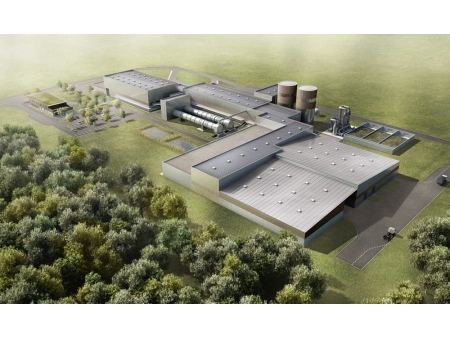Mechanical-Biological Waste Treatment (MBT) System / Biogas Plant
Mechanical-biological waste treatment (MBT) system represents another strategic innovation in integrated waste treatment technology that our company has introduced from Finland. It offers a comprehensive processing approach designed to maximize resource recovery and significantly reduce the volume of municipal solid waste.
Before sorting, the waste undergoes a drying process. This drying is achieved without external heat sources, relying instead on the heat generated by the waste’s own fermentation to evaporate most of the moisture. After a 24-hour retention period, moisture content can be reduced by approximately 15%. The dried material then passes through a mechanical screening device where waste is carefully separated. The screened materials are crushed and ultimately processed into Refuse-Derived Fuel (RDF) or Solid Recovered Fuel (SRF).
The screened fines are subjected to either aerobic fermentation or dry anaerobic digestion to produce biogas, which can be used for power generation or upgraded into purified natural gas. This fully enclosed system minimizes or eliminates wastewater production and effectively controls odors during waste treatment.
- MBT systems can be used in conjunction with MSW sorting systems to improve the recovery rate.
- The biogas generated from biological anaerobic fermentation can be directly used for power generation, or biogas purification and natural gas production.
- The remaining biogas residue can be used for composting, and the resulting biogas slurry can be used as an irrigation liquid.
- To satisfy different customer requirements, we have a fully automatic MBT system to carry out automatic screening with a more advanced optical sorting system, as well as a semi-automatic MBT system to fulfill semi-automatic screening via other mechanical sorting methods.
- We also provide dry or wet AD systems upon request. Generally, the wet AD system consumes a larger amount of water, and the dry AD system features a modular container design, which not only uses less water but also produces more gas.
